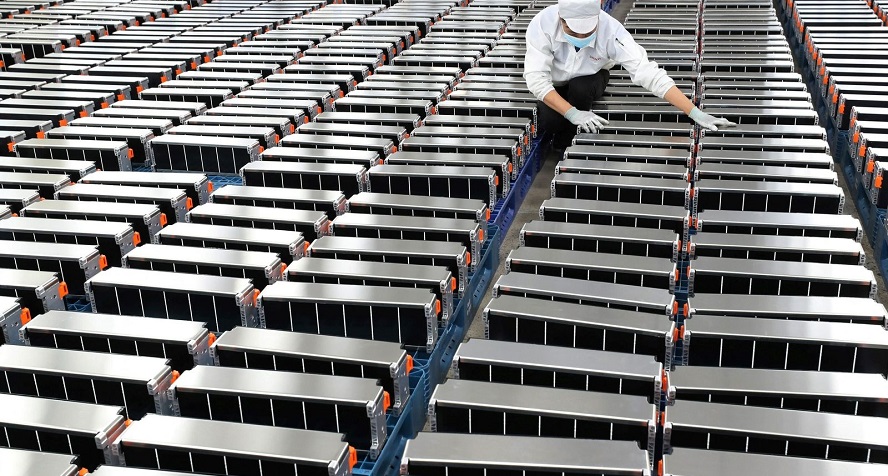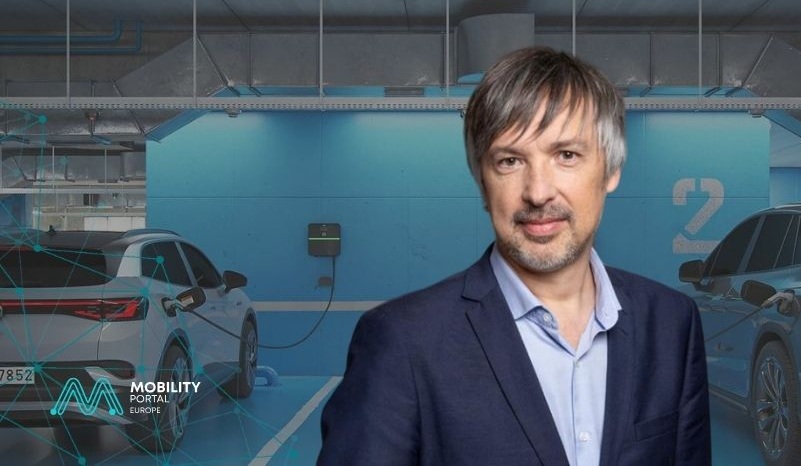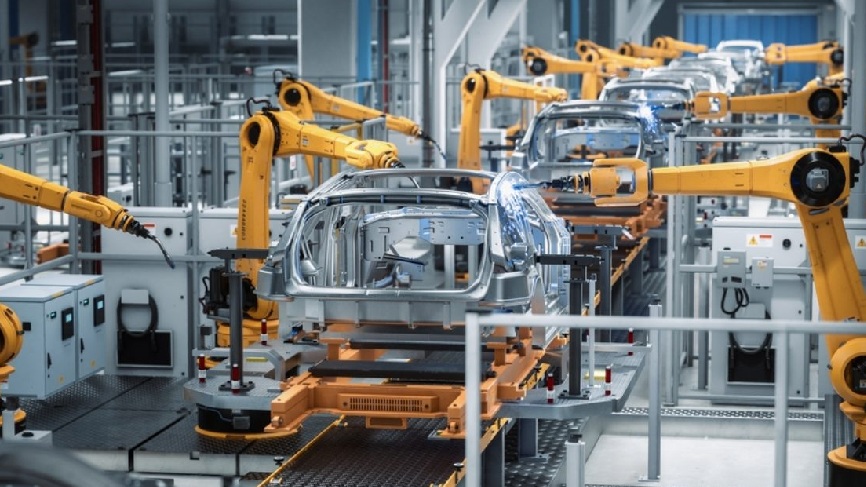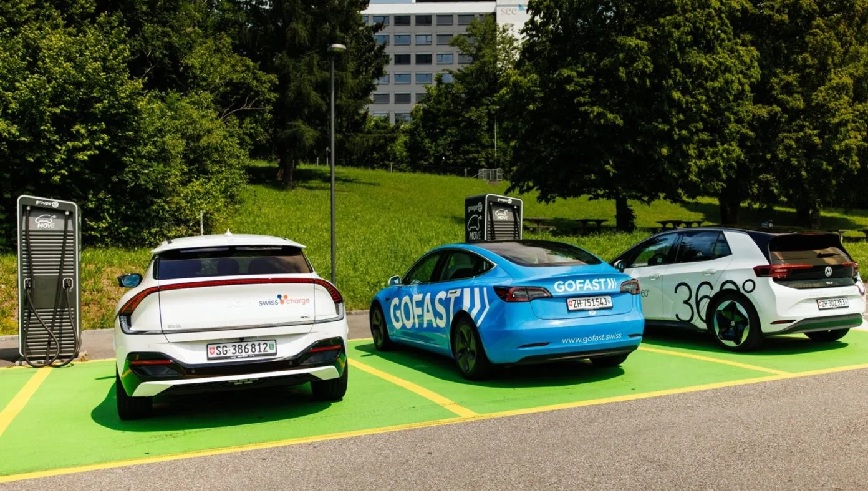Chile holds one of the most valuable keys to the future of energy.
According to Stefano Sacco, a member of Chile’s Centre for Sustainable Mobility and a researcher specialising in the circular economy of lithium batteries, “the demand for electric vehicles in Latin America would require just 0.12% of the lithium that Chile currently produces each year.”
This highlights the country’s export potential and industrial development prospects within a global context of transport decarbonisation.
According to projections by the Centre for Sustainable Mobility, by 2030, only 2.4% of Chile’s lithium would be enough to meet electric vehicle demand in Latin America.
This is no small matter.
Today, the country extracts around 25% of the world’s lithium, primarily from the Atacama Salt Flat, and is aiming to scale its value chain from raw extraction to cathode manufacturing and battery recycling.
Chile is not alone in the exploitation of this mineral and faces direct competition from Argentina, which has advancing projects that could challenge Chile’s status as a leading global producer.
The competition within the Lithium Triangle is well underway.
Chilean lithium is not used for local vehicles: “Latin America is still an emerging market, and the lithium produced in Chile is mainly exported to China and Europe,” Sacco told Mobility Portal Latin America.
Despite the low penetration of electric vehicles in the Chilean market — 2.2% in the first two months of 2025, according to ANAC — the country is emerging as one of the pillars of the global energy transition.
In addition to its export role, there is also a domestic path to boost electromobility through energy storage.
“In Chile, demand peaks do not align with solar generation peaks. Batteries allow for grid injection regulation and cost balancing, which is crucial in a long and geographically diverse country like this one,” the specialist explains.
The Circular Economy of Lithium: Urgencies and Challenges
Chile took a key step with the approval of the REP Law (Extended Producer Responsibility), which designates lithium batteries as a priority product.
According to Sacco, one of the challenges is that “there is still not a critical mass of discarded batteries to make the recycling business profitable.”
Urban mining is emerging as a way to compensate for this lack of volume.
Developing local recycling capabilities could turn the country into a regional hub.
“If done properly, Chile could even take in batteries from Argentina and Peru,” Sacco suggests. However, he warns that the scalability of the business is limited by the lack of data on battery degradation and actual lifespan.
In fact, experiences such as the electric buses of the RED system in Santiago show that degradation has been “much lower than initially estimated,” with units from 2017 still retaining a good portion of their original capacity.
This creates uncertainty when forecasting flows into recycling or second-life applications.
Ongoing Investments: Cathodes and More
Beyond recycling, the country is also seeking to attract investment in cathode manufacturing, a key component in batteries. In this vein, Corfo has signed agreements with Chinese companies such as BYD and Xinjiang Holding to develop local plants.
According to Sacco, “a significant portion of recycling in China comes from production failures. Around 48% of batteries recycled in China stem from manufacturing defects.”
For this reason, establishing cathode plants in Chile would not only generate local jobs and knowledge but also promote an integrated circular economy — from design to recycling.
Second Life: A Viable Option for Countries with Lower Purchasing Power
While Chile tends to prioritise recycling, in other South American regions, “the second life of batteries could be a more viable option,” Sacco explains.
These units can be reused for stationary storage, micromobility, or backup power in remote areas.
This opens up the possibility of a regional market for reused batteries, where Chile could act as a supplier of refurbished units.
The development of regulatory frameworks and technologies to validate battery quality will be crucial for their safe integration into new applications.
Trade War Impact: More Batteries, Lower Prices
Another factor that could accelerate the spread of electromobility in Chile is the ongoing trade war between the United States and China.
With increased tariffs on lithium and electric vehicles in the US market, Chinese manufacturers are beginning to redirect their products to emerging markets such as Africa and Latin America.
“We expect more Chinese vehicles to arrive, as well as an increase in the supply of LFP batteries, which have already dropped in price from $700 to $50 per kWh,” Sacco points out.
This price drop could reduce the cost of grid storage and urban electromobility projects, speeding up adoption in both public and private sectors.
READ MORE
-
Legislative Boost: Poland to Amend the Law on Electromobility and Alternative Fuels
In a key step towards promoting electric vehicles, the Polish government is discussing a draft bill to amend the Law on Electromobility and Alternative Fuels. What will it consist of?
-
EU Car Output Could Rebound to Post-2008 Peak If 2035 Clean Vehicle Target Is Maintained
The report models the impact of maintaining the EU’s zero-emissions target for 2035 and implementing new industrial policies to boost domestic EV production — such as electrification targets for corporate fleets and support for EU-made cars and batteries.
-
Energie 360° acquires Move Mobility, raising Swiss charging points to over 24,000
The takeover of Move Mobility adds 4,700 charging points, increasing the total to more than 24,000 public and private devices across all Swiss regions. The group now operates the most extensive network across all parts of the country.









